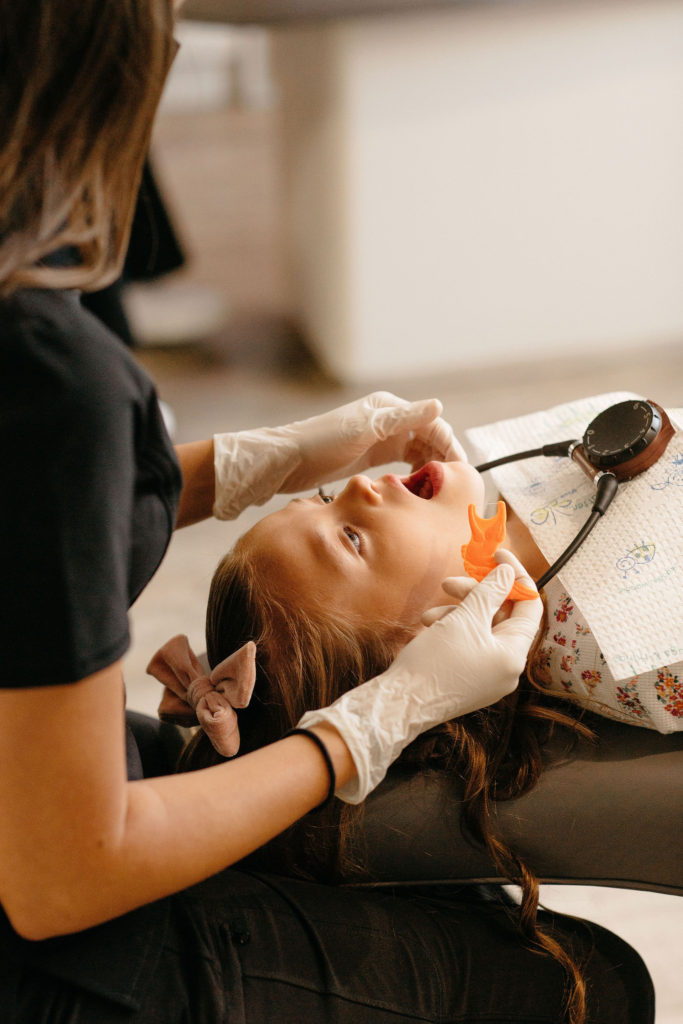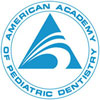Dental Sealants
Dental Sealants are a Great Preventative Dental Treatment
Interested in preventive dental care for your child? So are we! That’s why we proudly offer dental sealants—one of the most effective preventive services for kids—at all four of our Utah Pediatric Dentistry locations.
Preventive care plays a vital role in pediatric dental health. By focusing on prevention, we can reduce the need for reactive treatments and keep your child’s smile healthy from the start. Let’s work together to build a strong foundation for lifelong oral health—because your child’s smile is worth protecting!
Why Should you do Dental Sealants?
All teeth have natural grooves and ridges, especially on the chewing surfaces of molars. These deep grooves help us break down food—but they also create the perfect hiding spots for sugars, harmful bacteria, and acids, especially when kids are doing the brushing. That’s where dental sealants come in.
Dental sealants are a preventive treatment we commonly perform. The sealant acts as a protective shield, “sealing in” the tooth’s pits and grooves while “sealing out” cavity-causing bacteria and debris. They can also cover tooth fissures that may be difficult to clean, helping reduce the risk of decay.
Sealants are typically applied to molars, which are the most cavity-prone teeth. In fact, the CDC reports that 9 out of 10 cavities in children occur on their back teeth. Once applied, sealants can protect against 80% of cavities for the first 2 years, and continue offering 50% protection for up to 4 years.
We apply sealants to both primary (baby) teeth and permanent teeth. While it might seem unnecessary to protect baby teeth that will eventually fall out, maintaining their health is essential. Cavities in one tooth can spread to others, and early tooth problems can affect how kids feel about visiting the dentist. The fewer invasive treatments they need, the more likely they are to develop positive, lifelong dental habits.
What is the Application Process of Dental Sealants?
Applying dental sealants is a quick and completely pain-free process. It begins with thoroughly cleaning the tooth or teeth. Next, we apply a special gel that slightly roughens the surface of the tooth—this helps the sealant bond more effectively to the enamel, which is normally very smooth.
Once the gel has done its job, it’s rinsed off and the tooth is dried. The sealant is then carefully brushed onto the molar in liquid form. To finish, we use a blue curing light to harden the sealant, which only takes a few seconds. Once set, your child can eat as usual—often by their very next snack or meal!
Harmful Misperceptions About Dental Sealants:
There exists the misperception that exposure to the liquid of dental sealants could be harmful. This is false. Dental sealants for kids are safe.
The ADA and the American Academy of Pediatric Dentistry (AADP) conducted a thorough review and published clinical guidelines based on that review. They definitively recommend the use of dental sealants for children’s teeth and state quite clearly, “there is no health concern relative to BPA exposure from any dental material.”
Another common misperception is that dental healthcare plans won’t cover sealants, so don’t bother thinking about it. That is also false! Many dental plans do cover dental sealants. Talk to us at your next visit about your interest in dental sealants and we will be happy to answer any questions you may have about them. We can discuss whether they are a good fit for protecting your child’s teeth and investigate your dental plan coverage. The federal government requires, through the Affordable Healthcare Act, that new health insurances offer dental plans for kids and typically some sort of coverage for sealants is included. We will help you find a way. Dental sealants are good protectors for your child’s teeth and therefore their overall dental health. The sooner dental sealants are applied, the better!
A Gentle Reminder from Our Pediatric Dentists:
Dental sealants are a great assist to protect your children’s teeth but are not a replacement for those necessary daily dental hygiene habits of brushing at least twice a day and flossing. Keep up with the morning and night routines of brushing and flossing and take some reassurance in knowing that dental sealants are assisting the toothbrush, toothpaste, and floss in their fight against cavities, and tooth decay!
Are Dental Sealants Backed Up by Research?
According to the American Dental Association (ADA), dental sealants can reduce the risk of tooth decay in molars by up to 80%—making them one of the most effective tools in preventive dental care. The Centers for Disease Control and Prevention (CDC) also strongly supports the use of sealants.
In a 2016 report, the CDC emphasized the importance of sealants for children, stating that school-aged children (ages 6–11) without sealants have nearly three times more cavities in their first molars compared to those with sealants.

What do Dental Sealants Look Like?
Don’t worry. The dental sealants will not be noticeable to anyone because the color of the sealant matches the color of the tooth or is clear. It is a plastic resin that is painted onto the molar’s enamel in the deep pits and grooves and then hardens to form an indistinguishable protective layer. Sealants can even be placed over areas of a tooth that already has some signs of decay to prevent the decay from maturing further. During routine dental visits, we will always check the sealants to ensure they are doing their job.

What’s the Difference Between Sealants vs Fillings?
Both sealants and fillings provide a protective layer for a tooth’s enamel, but they serve different purposes. Sealants are a preventive measure, applied to healthy teeth to help protect against decay, while fillings are used to restore teeth that have already been affected by cavities.
Dentists on Our Team
Years Combined Experience
In-house Sedations
Patients
Counties Served
Staff members
Don't Wait Any Longer!
Schedule Your Child's Appointment Today








